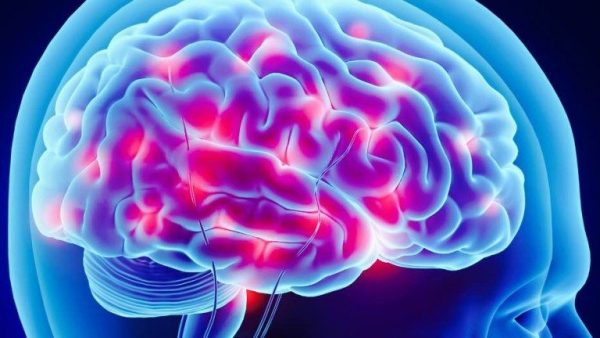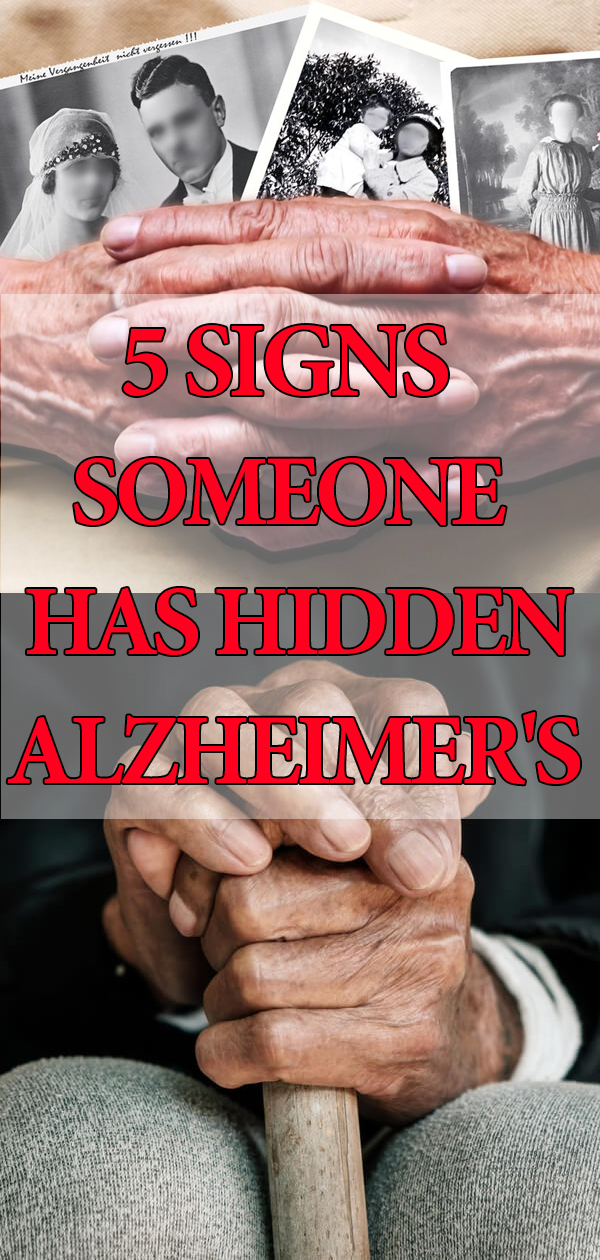“WE WERE HEARTBROKEN…”
“For mum, it wasn’t simply forgetting things – it was processes that started to go wrong. Making a cup of tea was so confusing (and) daily tasks became a challenge. Her moods changed…This gentle, five-foot lady became violent.” – Amanda Franks, from Alzheimer’s disease and Mum – our story
If you read tales of people discussing a family member’s battle with Alzheimer’s disease, you will probably see the word “heartbroken” used at some point. That’s because watching someone with mid- to late-stage Alzheimer’s is downright heart-wrenching. Many people describe the experience as the hardest thing they’ve ever had to go through.
Alzheimer’s is a dreadful condition that is unsurpassed in the amount of grief it inflicts on a patient and loved ones alike. In this article, we are going to talk a bit more about the ins and outs of this horrible condition. Where we can, we will provide hopefully beneficial information on various topics pertaining to Alzheimer’s, including the early signs, risk factors, treatments options, and prevention.
As you will read, detecting Alzheimer’s disease is no easy task. Many of the symptoms are subtle, if noticeable at all. That said, we are going to do our best to explain signs, based on available evidence, that someone may have hidden Alzheimer’s.
Finally, we are going to wrap things up by discussing newly discovered ways of preventing Alzheimer’s.
“Alzheimer’s disease is an irreversible, progressive brain disorder that slowly destroys memory and thinking skills and, eventually, the ability to carry out the simplest tasks.” – National Institute on Aging
Overview Of Alzheimer’s Disease
Alzheimer’s disease (AD) is the most common type of dementia in the world. The term “dementia” is used to describe a group of symptoms characterized by cognitive decline – including memory loss, difficulty thinking and problem-solving, and diminished language ability. AD is the sixth-leading cause of death in the U.S. and the number one cause of death in the U.K.
It is estimated that approximately 6 million people aged 65 and older – and 200,000 under the age of 65 – have some form of Alzheimer’s. Approximately two-thirds of Americans diagnosed with AD are women. At the current rate of diagnosis, along with the medical advances that extend lifespan, it is estimated that as many as 16 million Americans may have Alzheimer’s by the year 2050.
As devastating as the disease is, many scientists and researchers are confident that they know more about this condition – and the mechanisms behind it – than at any other time in history. For a long time, scientists couldn’t reach a consensus on the exact cause of Alzheimer’s. Then, within the last couple of years, scientists identified a group of deposits called protein oligomers as the most likely cause (more on this later.)
Just this past September, scientists at the University of Cambridge and Lund University (Sweden) issued a statement outlining a potential breakthrough treatment that directly targets the cause of Alzheimer’s. These and other findings give rise to hope that one day this dreaded affliction will be a thing of the past.
The Pathology And “Stages” Of Alzheimer’s
The effects of AD are caused by damage – and eventual death – of brain cells, triggered by the buildup of Amyloid beta (A?), amino acid peptides that form the main component of plaques. Amyloid plaques can accumulate for up to 15 to 20 years before producing recognizable symptoms. Once A? accumulates to a certain point, the glial cells that normally “rinse” brain cells of the peptides become hyperactive, causing inflammation and damaging the affected area.
Tau, a critical neural transport protein found in the synapses, begins to entangle, twisting itself into clumps and preventing neuronal firing. Eventually, the neurons themselves begin to die. The first area of the brain usually affected is the hippocampus, the part of the brain that encodes and stores memories. This may help explain why a deteriorating memory is the first noticeable sign for potential Alzheimer’s patients.
5 Signs Of Hidden Alzheimers
1. Subtle Memory Lapses
As stated, lapses in memory are probably the most common sign of early-onset Alzheimer’s. One may begin to forget why they went into a room. They may struggle to remember the name of an acquaintance – even a friend, or continually misplace things. Or they may forget how to navigate to a place that they frequently visit, like a relative or friend’s home.
2. Trouble Completing Familiar Tasks
Adult children of early-onset Alzheimer’s patients say that they first knew something was wrong when their Mom or Dad couldn’t perform routine tasks without difficulty. In the early stages of AD, this sign is limited to performing routine, complex tasks. For instance, they struggle with playing a board game with multiple rules (e.g. chess). Or they find out they’re not quite as good with recalling directions anymore.
3. Confusion
As AD target areas of the brain responsible for thinking, the patient (or a concerned family member) may notice their mental clarity beginning to fade. They may have a harder time making decisions, finding the right words, or speaking fluently. Sometimes, they will experience confusion about what they’re supposed to be doing for the day. They may wonder whether they’ve already finished a task that is a normal part of their daily routine.
4. Inability To Follow Storylines
Trouble keeping up with everyday situations is another classic early symptom of AD. Previously, they may have been able to talk to a friend or watch a television episode without problems. Now, they suddenly can’t seem to recall something that was said or done just moments prior. They lose track of storylines and current events.
5. Apathy
Another common sign of early-onset AD is an apathetic attitude. The person may seem unenthusiastic, showing little regard for the goings-on of everyday life. This sign may manifest as listlessness or a lack of interest in once-enjoyable activities, hobbies, or events.
Prevention And Treatment
“Diagnosis doesn’t mean you’re dying tomorrow. Keep living. You won’t lose your emotional memory. You’ll still be able to understand love and joy. You might not remember what I said five minutes ago, but you’ll remember how I made you feel. And you are more than what you can remember.” – Lisa Genova, neuroscientist and New York Times bestselling author of Still Alice
While there are currently as many as 80 medications being investigated for AD treatment, there is restlessness within both the medical and patient communities regarding the ineffectiveness and costliness of many pharmaceutical drugs prescribed for AD. Proponents of current medications cite studies that show that these medicines delay cognitive decline, even in later stages. Critics, most notably AD patients and their families, point to uncomfortable – even harmful – side effects, and their considerable costs.
While some of these drugs may indeed provide a “modest but significant” amount of relief for some AD patients, a growing number of scientists, doctors, and other experts believe that their counterparts are looking for answers in the wrong places.
Alzheimers And Lifestyle
Lisa Genova, a Harvard-trained neuroscientist, and author, is adamant that most research efforts have failed. Why? Precisely because they have focused on preventing, eliminating, or reducing the amyloid plaque buildup responsible for the symptoms of AD. Genova and her colleagues believe that the prevention of AD – and perhaps the treatment of early symptoms – lies in lifestyle changes.
Genova points to sleep deprivation, in which just one night of poor sleep increases the levels of A?. Whereas, slow-wave deep sleep allows the glial cells to rinse cerebral spinal fluid throughout our brains, clearing away metabolic waste that accumulates in the brain while we are awake.
Here’s an eye-opening statistic: up to 80 percent of AD patients also have cardiovascular disease. And, while correlation does not imply causation, correcting poor lifestyle choices is a certifiable no-brainer. Particularly, the areas of sleep, diet, and exercise should be a focus. Also implied as potential risk factors for AD are obesity and high cholesterol levels.
Keeping the brain active is another means of potentially preventing many cases of Alzheimer’s Disease. Neuroscientists have proven beyond a doubt that humans are capable of growing new brain cells – a process called neurogenesis. It is apparent that learning new things strengthens neural connections and, most likely, expedites the production of new synapses.
Final Thoughts: “Prevention Is The Best Medicine.”
Nearly every expert on the matter agrees that genetic factors play a big role in the onset of Alzheimer’s disease. Recent research is uncovering that lifestyle choice may play a much larger role than initially thought.
Although recent, cutting-edge Alzheimer’s research may make headlines, we might be several years from any breakthrough treatment. Meanwhile, convincing research has been put forth indicating that Alzheimer’s may indeed be more preventable than originally thought.
So, engage your brain and get regular exercise. Make sure you are keeping a healthy weight, scheduling checkups, and getting quality sleep. Also, avoid smoking because all these could be exactly what the doctor ordered. In the meantime, let us all hope (and pray, if that’s your thing) for an eventual cure that will forever eradicate this terrible illness.



